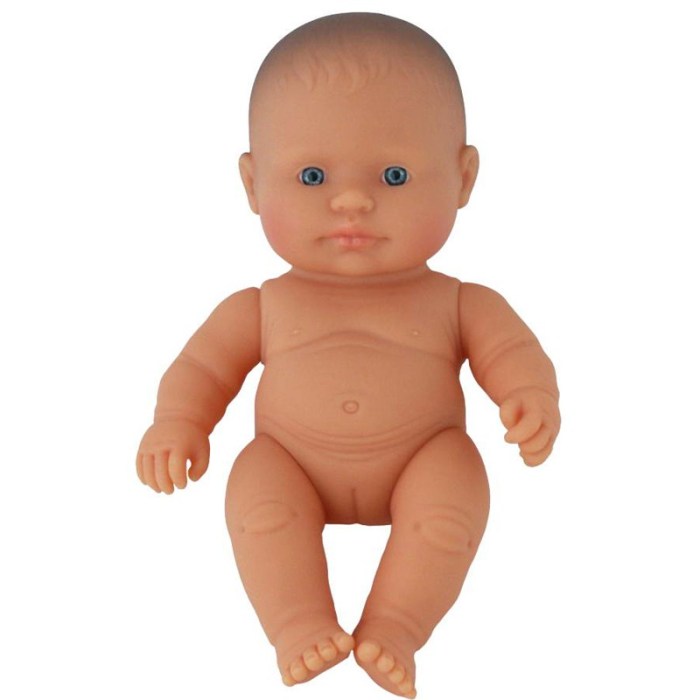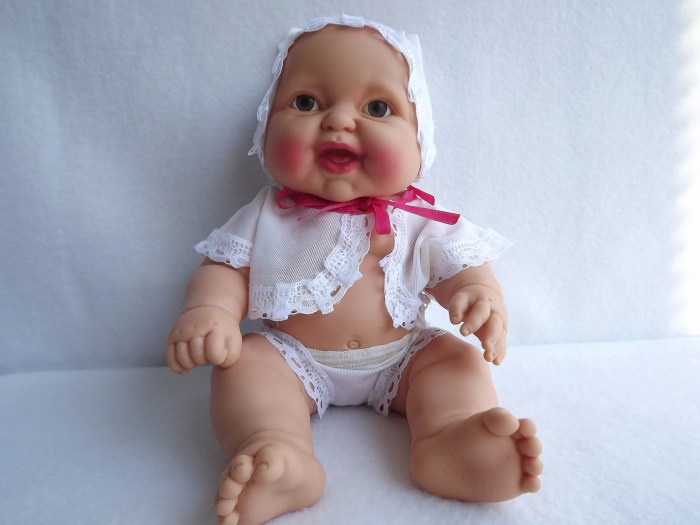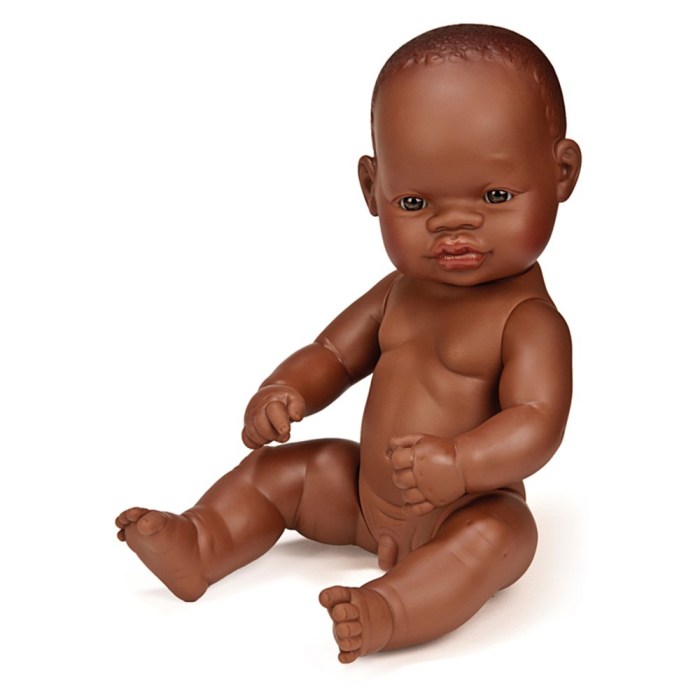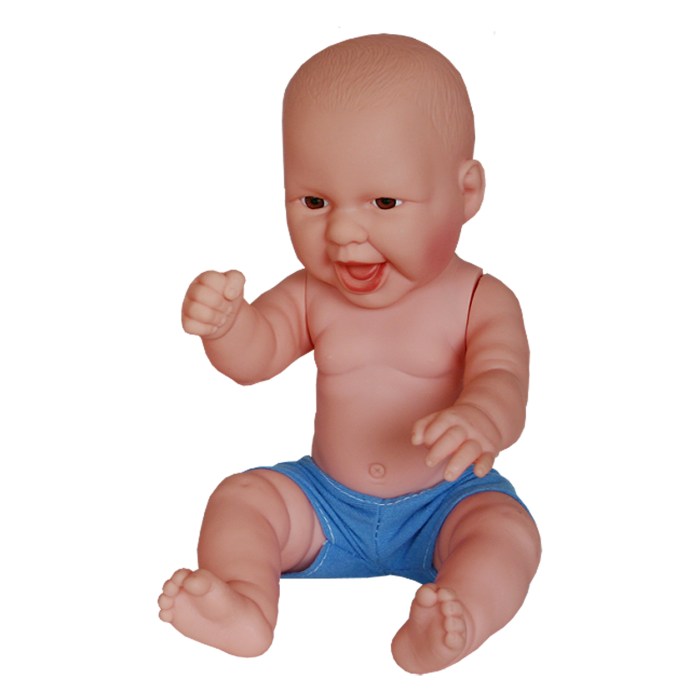Anatomically correct dolls for forensic interviews – Anatomically correct dolls (ACDs) have emerged as a valuable tool in forensic interviews, providing a means to facilitate communication with children and gather crucial information in sensitive cases. This article explores the types, applications, ethical considerations, best practices, and future directions of ACDs in forensic investigations.
ACDs are designed to accurately represent human anatomy, enabling children to communicate about sensitive topics in a comfortable and age-appropriate manner. They have proven particularly effective in cases involving sexual abuse, physical abuse, and neglect.
Introduction: Anatomically Correct Dolls For Forensic Interviews

Anatomically correct dolls (ACDs) are three-dimensional representations of the human body, designed to be anatomically accurate in terms of their proportions, features, and genitalia. ACDs are primarily used in forensic interviews with children who have experienced sexual abuse or other forms of trauma.
ACDs serve as a communication tool that allows children to express themselves more effectively during forensic interviews. They provide a non-threatening and age-appropriate way for children to disclose information about their experiences, reducing the potential for re-traumatization.
Types of ACDs

There are various types of ACDs available, each with its own unique features and benefits.
- Anatomically correct male dolls:These dolls have accurate representations of male genitalia, including the penis, testicles, and anus.
- Anatomically correct female dolls:These dolls have accurate representations of female genitalia, including the vulva, vagina, and anus.
- Prepubescent dolls:These dolls are designed to represent the bodies of children who have not yet reached puberty.
- Multi-ethnic dolls:These dolls come in a variety of skin tones and ethnicities, allowing for representation of children from diverse backgrounds.
- Talking dolls:These dolls can be programmed to say specific phrases or words, which can be helpful for children who are reluctant to speak.
Using ACDs in Forensic Interviews

ACDs are used in forensic interviews to facilitate communication with children who may have difficulty expressing themselves verbally. The dolls can be used to demonstrate body parts, describe physical sensations, and enact scenarios that are relevant to the investigation.
For example, a child may use an ACD to show the interviewer where they were touched or to demonstrate the movements that were involved in the abuse. This can provide valuable information that would otherwise be difficult or impossible to obtain.
Ethical Considerations

The use of ACDs in forensic interviews raises several ethical considerations that must be carefully considered.
- Potential for bias:ACDs may introduce bias into the interview process, as they can influence the child’s responses or lead to suggestive questioning.
- Re-traumatization:The use of ACDs can be re-traumatizing for children who have experienced sexual abuse. It is important to use ACDs in a sensitive and supportive manner to minimize the risk of harm.
- Cultural sensitivity:ACDs should be used in a culturally sensitive manner, taking into account the child’s background and beliefs.
Best Practices for Using ACDs
To ensure the effective and ethical use of ACDs in forensic interviews, it is important to follow best practices.
- Training and support:Professionals using ACDs should receive specialized training and support to ensure that they are using them appropriately.
- Informed consent:Parents or guardians should be informed about the use of ACDs and provide their consent before they are used with a child.
- Age appropriateness:ACDs should only be used with children who are developmentally appropriate for their use.
- Sensitive and supportive approach:ACDs should be used in a sensitive and supportive manner to minimize the risk of re-traumatization.
Future Directions
Research and development in the field of ACDs are ongoing, with the aim of improving their effectiveness and reducing the potential for bias or re-traumatization.
Potential future directions include:
- Development of more anatomically accurate dolls:ACDs that are more anatomically accurate could provide more detailed information and reduce the risk of misinterpretation.
- Exploration of new materials and technologies:New materials and technologies could be used to create ACDs that are more durable, realistic, and interactive.
- Development of training programs for professionals:Training programs could be developed to provide professionals with the knowledge and skills necessary to use ACDs effectively and ethically.
FAQ Overview
What are the different types of ACDs available?
ACDs come in various types, including gendered dolls, dolls with removable body parts, and dolls with interchangeable clothing. Each type serves a specific purpose and can be tailored to the needs of the interview.
How do ACDs facilitate communication with children?
ACDs provide a concrete and tangible way for children to express themselves, especially when they may struggle to verbalize their experiences. They allow children to demonstrate actions, identify body parts, and reenact events in a non-threatening environment.
What are the ethical considerations associated with using ACDs?
The use of ACDs raises ethical concerns, such as the potential for suggestibility and bias. It is crucial to ensure that ACDs are used appropriately, with proper training and supervision, to minimize these risks.